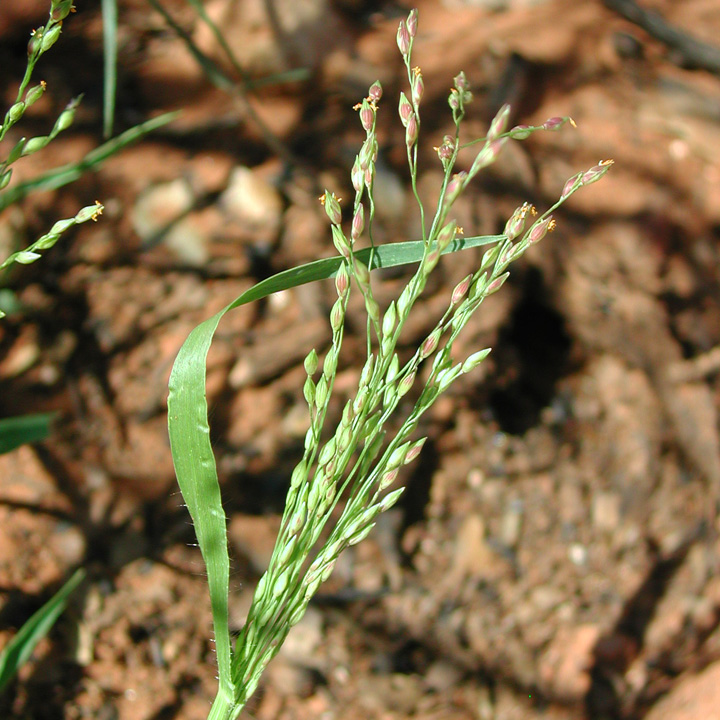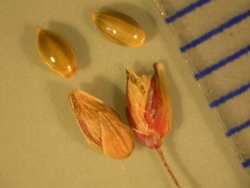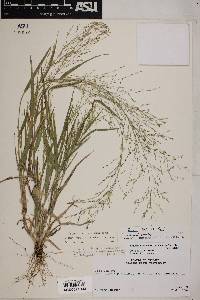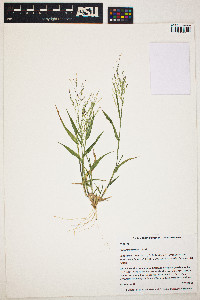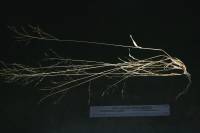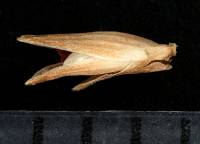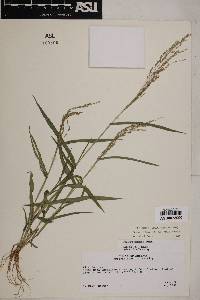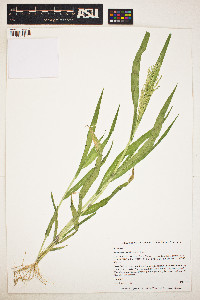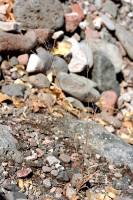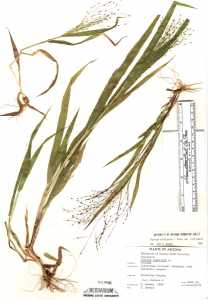- Home
- Search
- Images
- Datasets
- Sample Use
- How to Cite
- Additional Information
- About NEON
- NEON Data Portal
- ASU Biocollections
- About Symbiota
|
|
|
|
Family: Poaceae
Mexican panicgrass, more...
[Panicum capillare var. hirticaule (J.Presl) Gould, more] |
|
|
|
|


